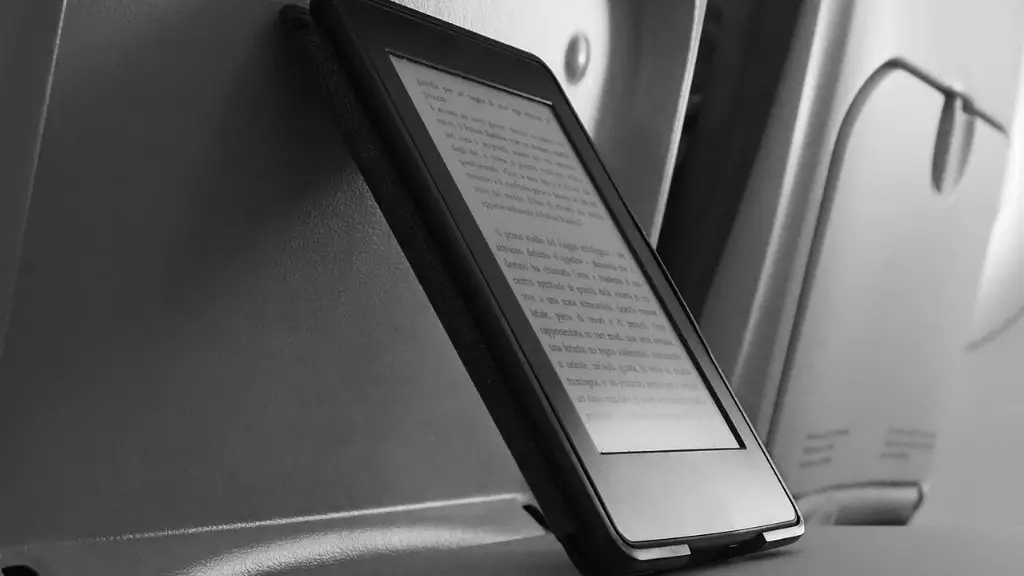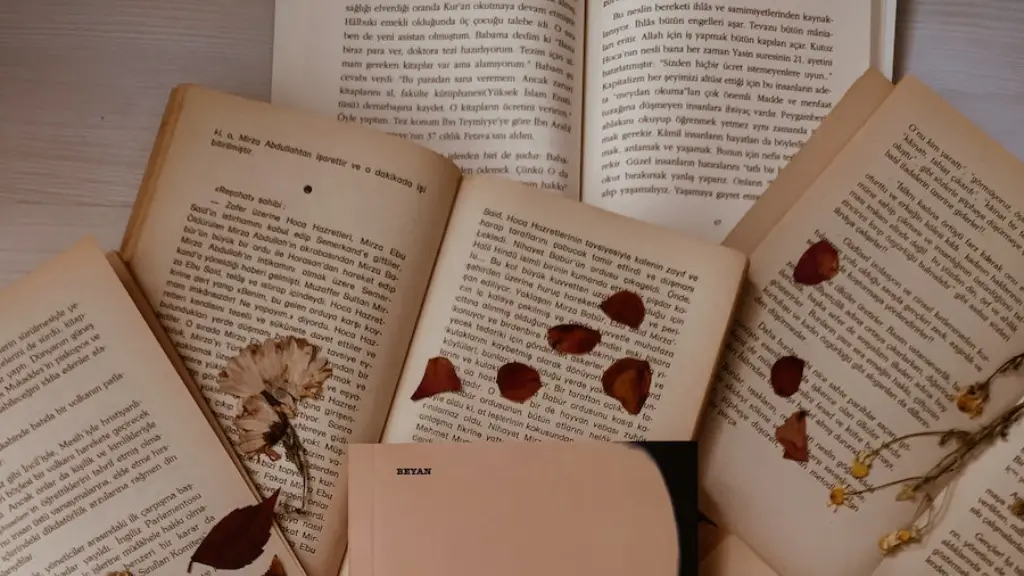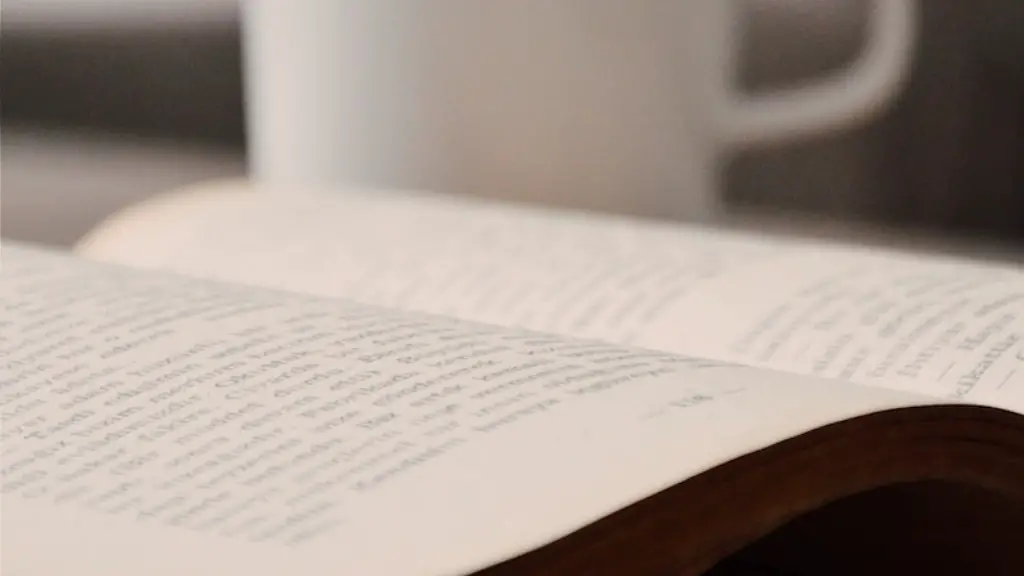What are Poetry Styles?
Poetry is a form of literature that utilizes the use of language to create aesthetic and expressive effects. Within the genre of poetry, there are a variety of different styles to choose from. This article aims to provide an overview of the different types of styles so that readers understand the creative diversity within the form.
Structure
One of the foundational elements of poetry is the structure, or format, of the poem’s composition. Common verse formats include free verse, haikus, odes, and sonnets. Free verse is commonly used by modern poets and typically lacks any kind of structural regularity or rhyme. Haikus, on the other hand, are composed of three lines, with five syllables in the first line, seven in the second, and five in the last. An ode is a poem of praise, and is subdivided into three parts, each addressing a different idea. Perhaps the most popular poem structure is the sonnet, a fourteen-line poem most often written in iambic pentameter and featuring a rhyme scheme of either ABBA ABBA CDCD CD or ABAB CDCD EFEF EFEF.
Content
In addition to the structure of poems, there are different types of content within the genre of poetry. There are a variety of types of lyric poetry, including elegies, epics, and epigrams. Elegies are typically mourning poems, such as the famous works of Walt Whitman and Alfred, Lord Tennyson. On the other hand, epics are traditionally long narrative poems that feature a hero or a figure with heroic traits. Finally, epigrams are short, witty poems that address a single idea. There is also the concept of narrative poetry, which is based on storytelling and is designed to address a single story, such as Robert Burns’ “To a Mouse.”
Inspirations
Poets also draw inspiration from different sources. Many pieces of poetry are written with a particular historical or cultural context in mind, allowing them to explore the complexities of the time period in a unique way. For example, there are poems written about the Holocaust, the Harlem Renaissance, and civil rights. Other poets gain their inspiration from nature and beauty, resulting in works such as Ralph Waldo Emerson’s “The Rhodora” and Robert Frost’s “Birches.”
Rhythm and Sound
The sound and rhythm of a poem are often just as important as its content. Poems often have a distinct cadence, created through internal sounds and rhythms, as well as patterns of stressed and unstressed syllables. This is often referred to as meter, which can be used to add to the overall effect and meaning of the poem. Forms such as ballads and epics typically feature a specific type of meter, while many modern poets prefer the use of free vers. The use of repetition and alliteration can also serve to enhance the poem’s sound and create a powerful emotional resonance.
Poetry Forms
In addition to meter, there are several popular forms within the genre of poetry. One of the most recognizable forms is the limerick, a short five-line poem that usually features a humorous tone. There is also the villanelle, a nineteen-line poem composed of five tercets and a quatrain. Other popular forms include the pantoum, a poem composed of four-line stanzas, and the sestina, which features six-line stanzas and a repeating end word. Each form has its own set of rules and conventions, thus giving the poet room to express their creativity.
Modern Styles of Poetry
The landscape of poetry has changed drastically in recent years with the advent of new media and modern technologies. Many poets now turn to the internet for inspiration and incorporate a variety of genres into their work, such as rap and hip hop. Social media has also been a great platform for poets to share their works, allowing for a larger audience than ever before. Furthermore, the invention of different software and writing tools has made it easier for poets to experiment with form and presentation.
Poetry Anthologies
Reading the works of other poets is a great way to gain inspiration and learn more about the craft. There are thousands of anthologies available, featuring poems from famous authors or focusing on specific topics. These collections serve as a great introduction to the different styles of poetry and as a source of valuable information. Furthermore, anthologies also provide a way for poets to get their work published and to connect with other poets who share similar interests.
Reading Poetry
Reading poetry can be a great way to get inspired and to better understand the craft. It can also aid in gaining a better appreciation of language and how it can be used to evoke emotions. When reading a poem, pay attention to the structure, the use of sound and rhythm, and the overall meaning of the piece. If a particular poem strikes a chord with you, it can be helpful to break it down and analyze each line in detail to understand what makes it so powerful and meaningful.
Writing Poetry
Creating a poem from scratch can be daunting, but it’s a great way to explore the full range of poetic styles. Start by jotting down ideas, even if they don’t make sense at first. The use of various tools and techniques can also be very helpful when writing poetry. For example, freewriting, brainstorming, and rhyming can all be great ways to find the perfect words or phrases to express what you’re trying to say. Remember that there is no “right” way to write a poem, so don’t be afraid to experiment with form, sound, and structure.
Sharing Poetry
Once you have created a poem, you can share it with others through a variety of methods. Poetry readings are a great way to connect with other writers and to get immediate feedback. You can also post your work on social media or join online writing communities. There are also various publications that allow you to publish your work, such as literary magazines and online literary journals. Finally, consider entering poetry contests or submitting your work to literary agents, who can provide additional support.
Different Poetry Genres
In addition to the traditional forms, there are a number of other popular genres of poetry, including surrealism, concrete poetry, sound poetry, and performance poetry. Surrealism utilizes dreamlike imagery to create vivid and strange pictures. Concrete poetry often makes use of typography and visual elements to create intricate patterns on the page. Sound poetry typically uses elements of sound, such as onomatopoeia, to create a sonic atmosphere. Finally, performance poems, usually short and humorous, are created to be performed in front of an audience.
How to Appreciate Poetry
If you’re new to the world of poetry, it can be overwhelming at first. To appreciate poetry and its many forms, it’s important to take the time to understand the craft and to read the works of renowned poets. It’s also important to recognize the different elements of poetry, such as structure, content, and rhythm, and to pay attention to the subtle details of each poem. Once you have a better understanding of the genre, you can dive deeper into each poem and appreciate its various layers.
Conclusion
The world of poetry offers a wealth of artistic potential, with an incredible range of styles and forms to choose from. Whether you’re a fan of traditional or modern poetry, or if you’re looking to explore a new genre, there is something out there for everyone. No matter what genre you choose to explore, the key is to understand the components of each style, read the works of celebrated poets, and most importantly, enjoy the process of writing and expressing yourself through the language of poetry.



